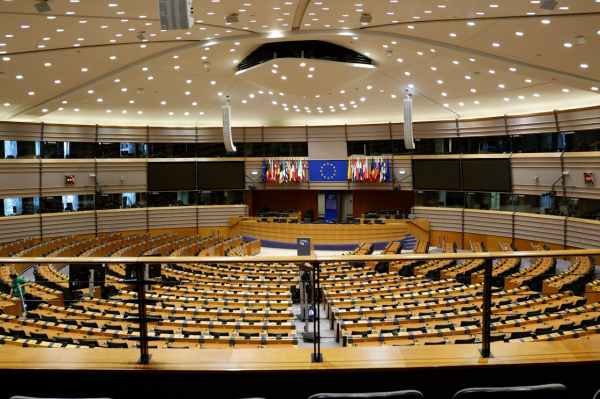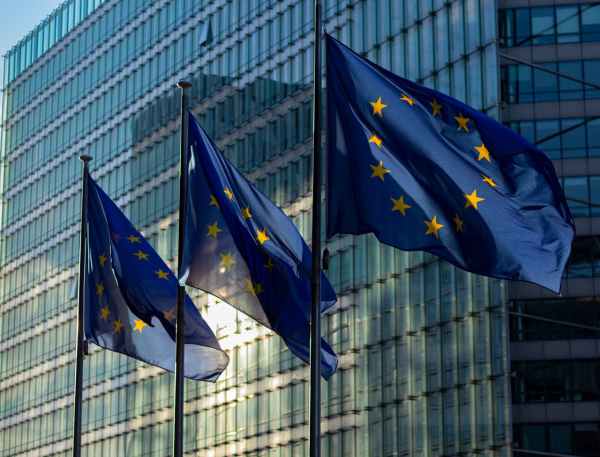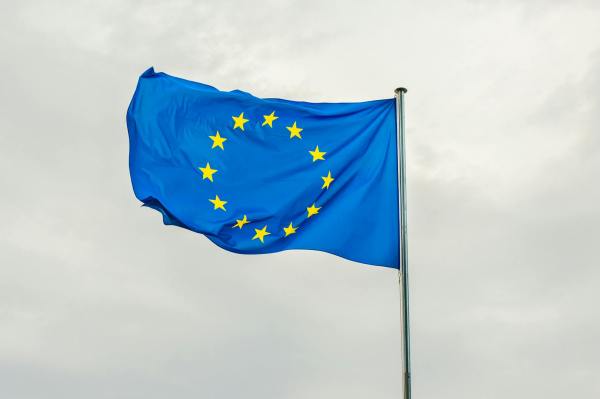Enrico Letta, former Prime Minister of Italy and President of the Jacques Delors Institute, has published an independent report on the future of the European Single Market, the title of which is itself a roadmap: “Much more than a market. Speed, Security, Solidarity. Empowering the Single Market to deliver a sustainable future and prosperity for all EU Citizens“.
The report sets out the way forward for Europe’s new political and institutional cycle 2024-2029 on how to build a strong and future-proof economy, boosting the competitiveness of businesses and the well-being of its citizens through the Single Market.
The Single Market and the telecoms sector
Telefónica welcomes the publication of the report and in particular the consideration of the telecommunications sector as one of the strategic levers for competitiveness, innovation, citizens’ well-being and the EU’s resilience, especially in terms of cybersecurity.
Given the importance of the sector, the report stresses the need to promote the economic sustainability of telecoms operators in order to ensure the continuity of their investment efforts. This is essential to ensure that all Member States have access to Very High Capacity Networks (VHCN) and 5G, which will guarantee consistent and high quality connectivity for European businesses and citizens. This infrastructure will allow both businesses and individuals to continue to benefit from technological innovation and advanced digital services. This will boost competitiveness and prosperity across the region, leading to greater cohesion.
The relevance of consolidation to gain local scale
The report provides an in-depth understanding of the key levers for the economic sustainability of the telecoms sector and its investments. In particular, it details the technical and commercial complexity of the sector and recognises the need for operators to gain a minimum take-up in the areas where they deploy their fixed and mobile networks.
In this respect, the report advocates a certain degree of consolidation in national markets in order to achieve the local scale necessary to make the sector attractive to investors and to ensure its viability and dynamism.
The scale of investments necessary in new technologies (for example edge/cloud, 6G, AI) implies that due consideration should be given to the necessity of some level of consolidation within national markets (…)
The possible impact of artificial competition on investments
The report also highlights the risk of discouraging investment if sector regulation continues to focus on facilitating the entry of new competitors at all costs:
Today, in a European market with more than 100 operators, keeping the focus only on pro-entrant regulation, would be detrimental for a technology switch towards advanced networks that require massive investments
The role of market structures and pan-European expansion
In terms of geographic market integration, the report notes that operators can expand their geographic footprint within the EU without significant regulatory barriers. However, expectations of return on investment, linked to market structures and competitive conditions in each market, are determining factors, rather than the potential economies of scale that could be achieved through such expansion.
“Indeed, although operators may currently expand their footprint within the EU without facing border obstacles to the free movement of goods, services, people, or capital, the business models and production structures required by telecommunications today make indiscriminate international expansion unattractive, as operators require for their business viability a minimum take-up in the areas where they have deployed their networks“
Extracted from the report “Much more than a market”, Enrico Letta
Balancing the digital ecosystem and innovation
Furthermore, the report clarifies that, in contrast to the local dimension associated with the deployment of infrastructures, digital services can take on a pan-European dimension thanks to the virtualisation of networks. However, it also states that the viability of these services depends on high quality fixed and mobile access infrastructures. Again, the financial sustainability of telecoms operators is highlighted as a driver for the development of “made in Europe” digital services.
“(…), future electronic communications networks will be more efficient and flexible to meet the changing needs of citizens and industry in the EU and will facilitate the development of pan-European services thanks to the virtualisation that these technologies enable, always supported by suitable access infrastructures”
Extracted from the report “Much more than a market”, Enrico Letta
In the digital domain, the report underlines that existing sector-specific regulation has created significant regulatory asymmetries between telecom operators and large gatekeepers in many relevant emerging markets. This has led to imbalances in the relationship between the different players. It therefore recommends that additional guidance be provided on network neutrality rules to address innovative use cases, such as those enabled by the network slicing feature of the 5G network.
In this context, Telefónica considers the future Digital Networks Act (DNA) as a unique opportunity to correct this situation and, in essence, to boost the investment capacity of the telecommunications sector. This sector is essential for the deployment of state-of-the-art digital networks and the development of innovative digital services across the European Union, making it easier for European industry and society to take advantage of the opportunities of the new digital era.









